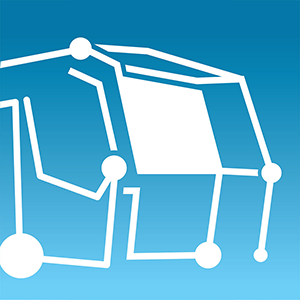
More than 55 years ago, Plasser & Theurer was the first company to start developing modern high-speed track renewal trains. Since 1968, it has been possible to lay tracks using the continuous assembly-line method. Several million sleepers have already been laid worldwide with Plasser & Theurer machines and high-speed track renewal trains.
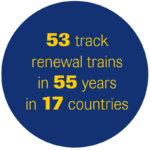
The output achieved by individual machines is also highly impressive:
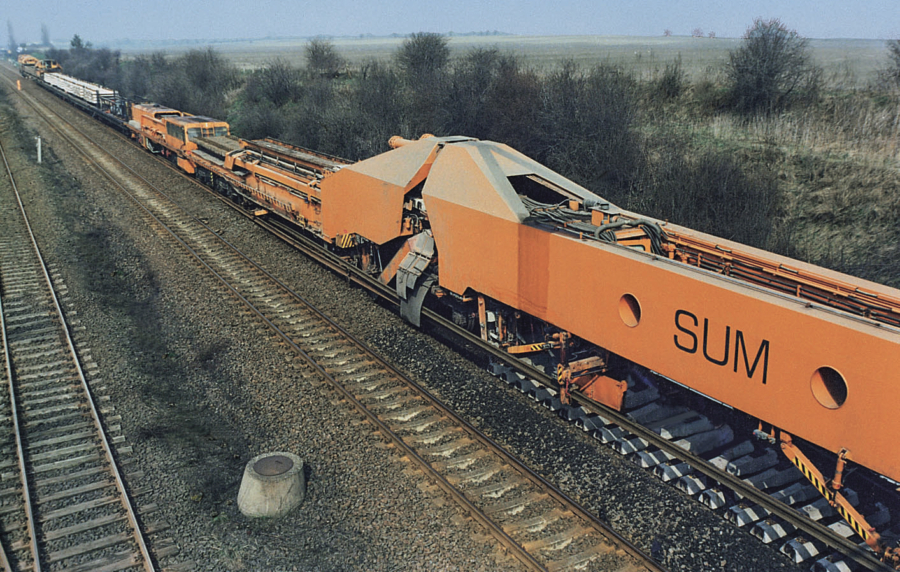
The SUM 311 (Q1) in Germany alone has achieved enormous things in its 30 years of operation. 2,900 km of track were renewed and 4.84 million sleepers were laid from 1987 to 2017.
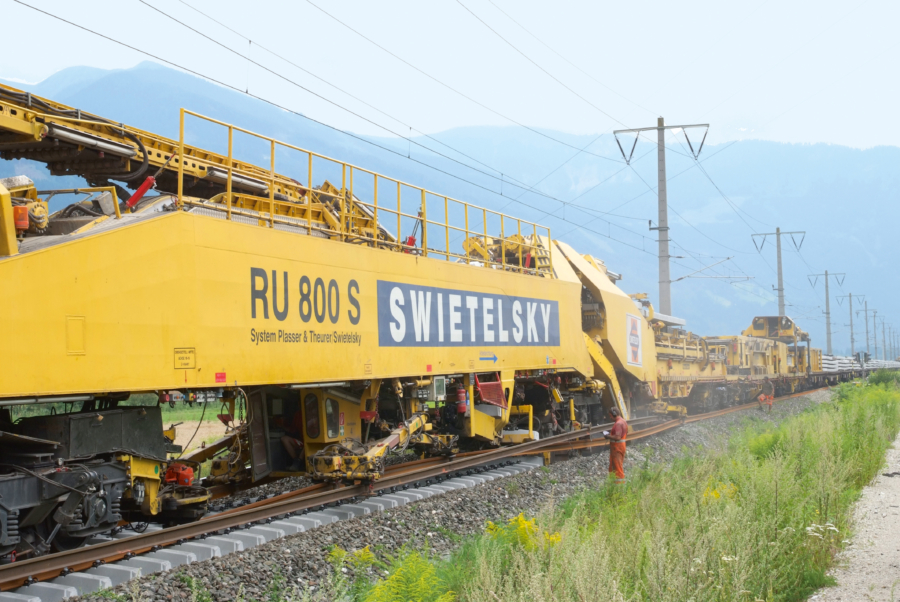
Swietelsky’s RU 800 S was able to renew around 2,000 km of track and clean the ballast bed at the same time in 14 years of operation.
(ZEVrail 2021 Volume 145/Edition 04)
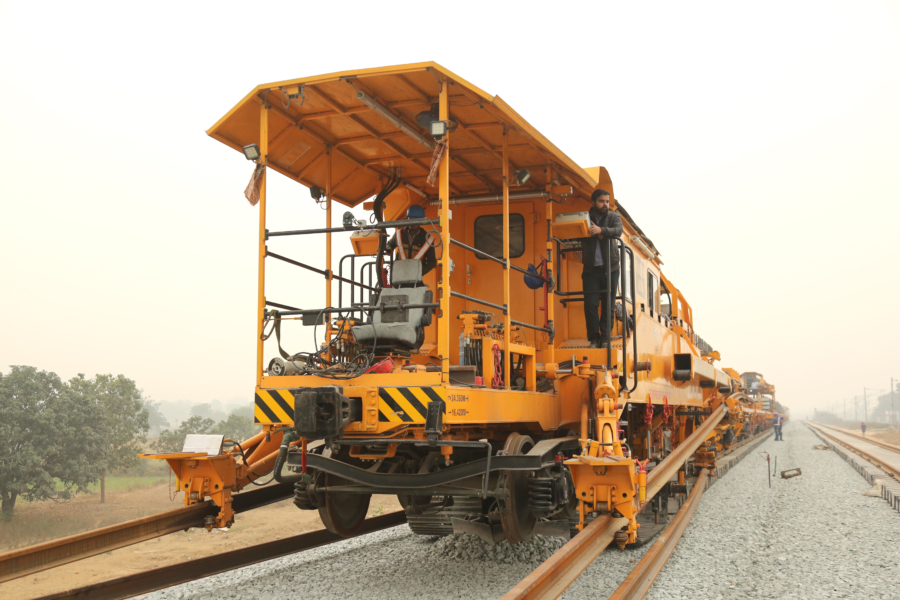
Produced at Plasser India, three SVM 1000 I track laying trains worked on the largest infrastructure project in India over a period of five years. The impressive construction projects included a dedicated freight corridor with a total length of around 3,300 km. Two of the track laying machines worked for the GMR Group, another for L&T Larsen & Toubro, the largest construction company in India.
Based on our experience with our previous track laying machines and the expertise we have gained from them, we are continuing to develop our range in a targeted manner. We use proven technologies, units, and design features to maximize the quality and performance of our new machines.
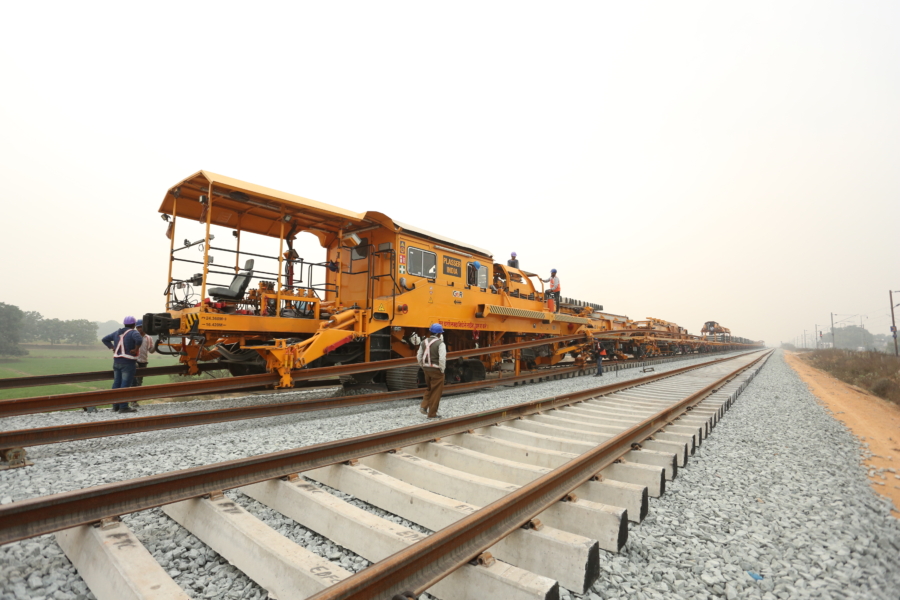
Dedicated Freight Corridor Corporation of India Limited (DFCCIL) announces high achievements:
The Madar-Iqbalgarh CTP 2 section in the Western Dedicated Freight Corridor achieved the highest ever monthly progress milestone and laid 41.25 km track in June 2018. The CTP 1 and CTP 2 teams jointly laid 54.1 km of track, surpassing the earlier record.
(Twitter, DFCCIL, 3 July 2018)
It’s the first time in India DFCCIL is using NTC (New Track Laying) machines for track laying. The machine output is 1.5 km/day. It not only accelerates the speed of construction but also helps in careful handling and placement of rails and sleepers, achieving high initial quality in track.
(Twitter, DFCCIL, 23 February 2020)
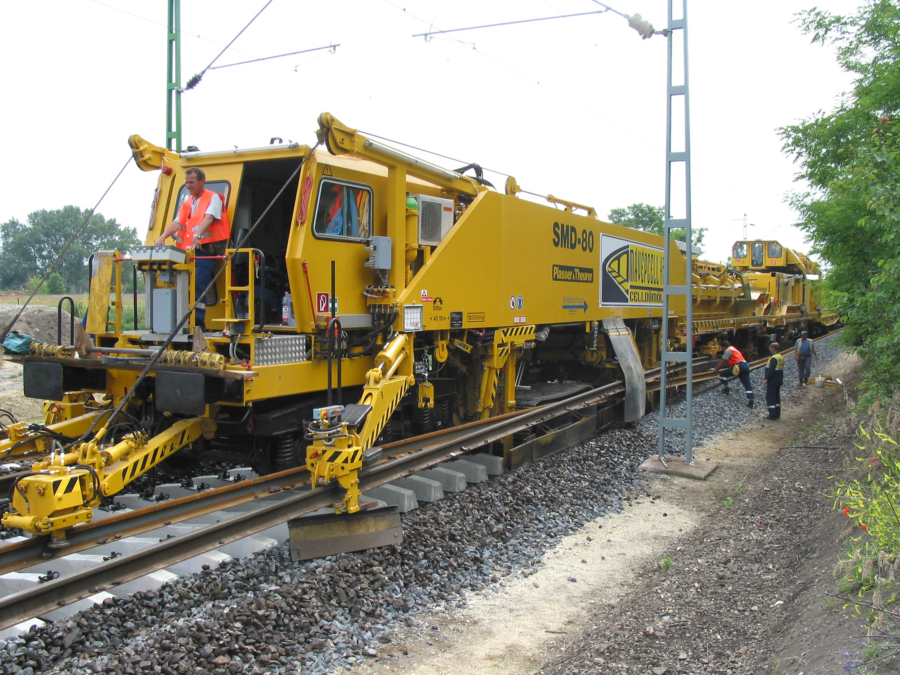
The SMD 80 has proven itself in practice for many years
“We’ve been working with the compact SMD 80 since 2002. All these years of operational experience show how great the short set-up and preparation times are. The machine also requires little maintenance with a winter service to replace wear plates etc. – otherwise the machine runs without any problems. After 20 years of operation, the electrics are now being partially replaced.”
Károly Szabolcs, Swietelsky AG,
Site Manager/Shift Supervisor on the SMD 80 for 15 years
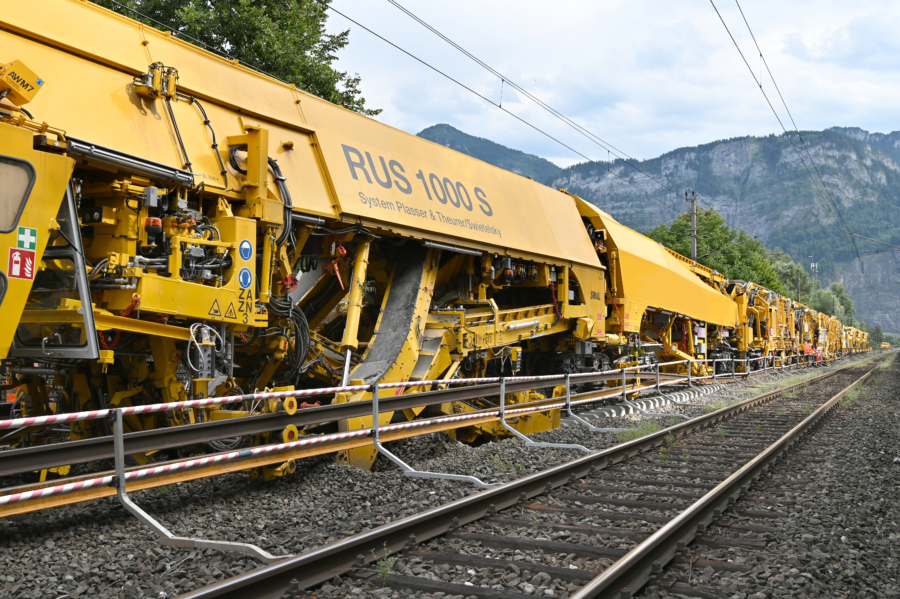
“Using the RUS 1000 S can reduce the length of a track possession. More kilometres of track can be replaced and rehabilitated in the same amount of time. Another typical approach is to work in cycles during overnight track possessions. During the day, the tracks are used for passenger traffic. That is what makes the RUS 1000 S optimal: it is possible to travel along the track at speeds of up to 60 km/h immediately after machine operation.
from ”RUS 1000 S schafft Gleisumbau und Schotterbettreinigung in einem“
(Schauer; bahn manager 03/21)